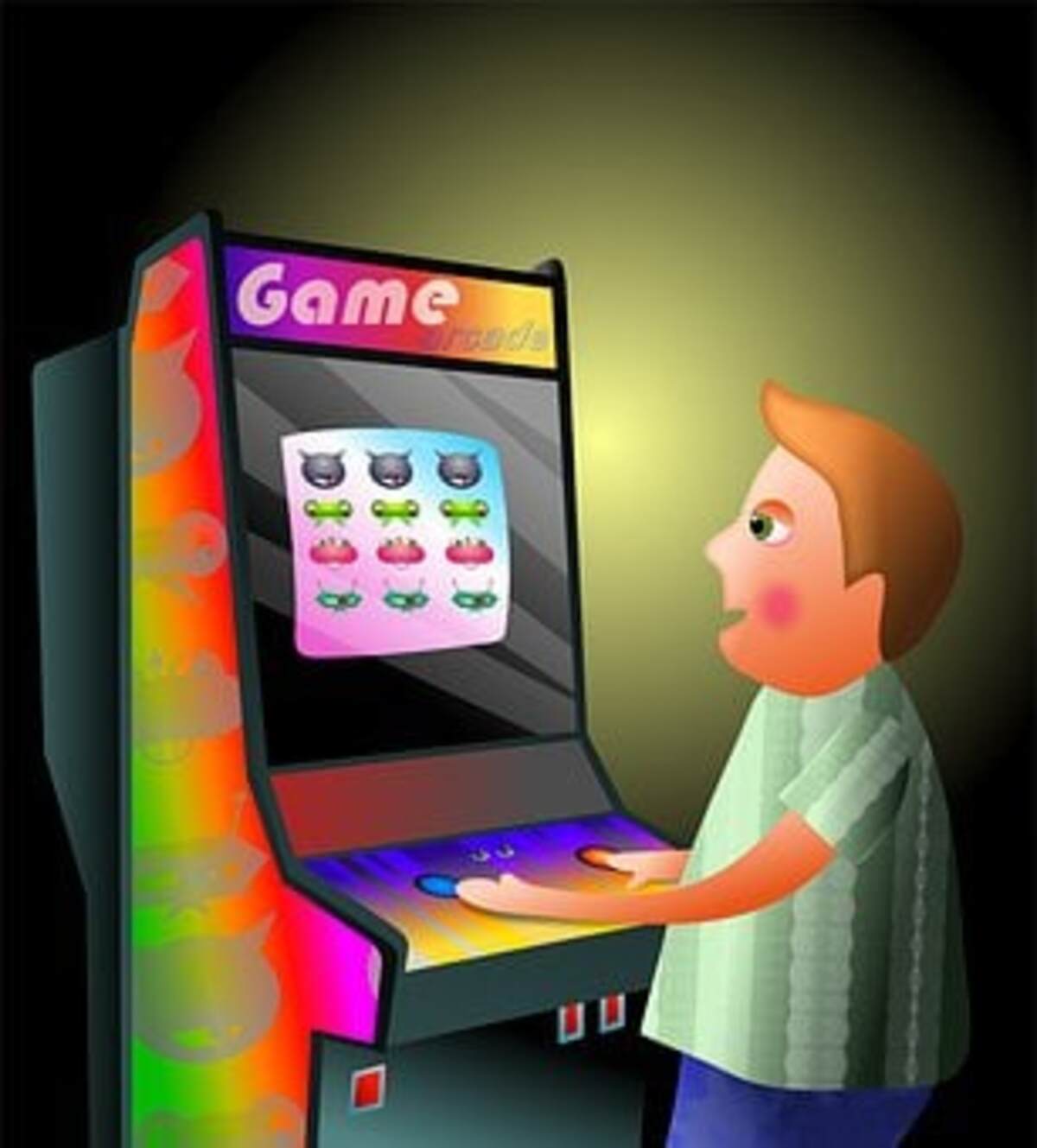Arcade machines take input from the player and process it through computer and electrical components to generate the game’s output on an electronic monitor or similar display. These machines are typically used in restaurants and bars, but they can also be found in other locations. They provide a lot of fun for players who want to try their luck in the world of video games.
Upright arcade machines
Upright arcade machines are classic piece of gaming equipment that has stood the test of time. These fun-filled games are ideal for any gathering. With the ability to change difficulty levels, these machines are the perfect way to challenge family members and friends. In addition, they are great for bringing life into man caves and gatherings.
Upright arcade machines often feature a steering wheel and throttle pedal to allow players to steer a car or shoot a light gun. They may also be equipped with durable cables. Some upright games also featured a monitor mounted at the bottom of the cabinet instead of the back, where a large CRT monitor would normally protrude. Some even had the option to flip the video output.
Electro-mechanical games
Electro-mechanical (EM) arcade machine games were originally coin-operated games that combined mechanical engineering technology and electrical components to create a thrilling gaming experience. The games featured various components, including electric lights, buzzers, and bells. Sega was one company that introduced many games that used this technology.
These arcade games were the inspiration for modern video arcade games, such as Space Invaders, and were discontinued in the early 1980s. Because of the high cost of maintaining electro-mechanical arcade games, you are unlikely to find them anywhere but museums and historical sites. The majority of electro-mechanical machines were removed from service in the 1980s.
Merchandiser games
Merchandiser games are arcade games that display a variety of merchandise in exchange for coins or tokens. Some of these games involve skill or chance, while others are more straightforward. A common example is the claw crane, which lets the player guide a claw to pick up a prize and drop it into a hole. Prizes can be cheap or high-end depending on the game. Another type of merchandiser is a redemption game, where players redeem tickets for merchandise. This game is also commonly found in arcades.
Merchandiser games also come in a variety of themes. For example, if your arcade is themed around Star Wars, you can offer prizes related to the movie or its characters. These items can be non-licensed or licensed, which will give your guests more choices when they are playing.
Retrofitting other monitor technologies to emulate vector graphics
Retrofitting other monitor technologies to emulate vector graphics on arcade machines is an alternative way to create a classic video game experience. The Vectrex is a computer monitor that emulates vector graphics in arcade games. Its design is based on a surplus hospital heart rate monitor. Vectrex monitors have an intensity that cannot be replicated elsewhere.
Control panels on arcade machines
The control panel on an arcade machine is where you press the buttons to control the game. It should have several buttons that vary depending on the game. The joysticks are also different. The design of the panel should reflect your play style. The control panel should be large enough for you to see the game and easy to navigate.
Control panels on arcade machines are also made of various materials. Some are plastic, while others are made of metal. Arcade purists often recommend using custom control panels. You can even purchase custom sticks, trackballs, and buttons. You can also buy custom PCB boards. Some companies manufacture these PCB boards, such as Ultimarc.

